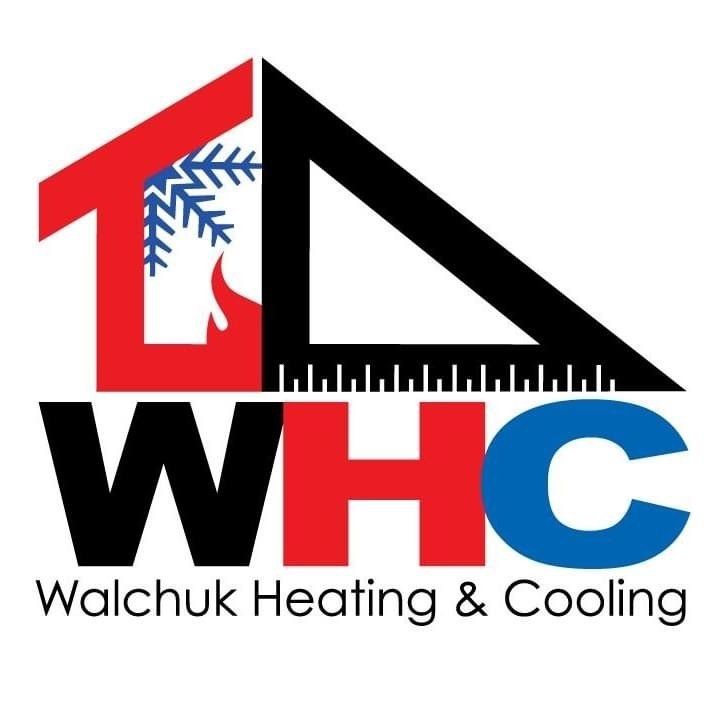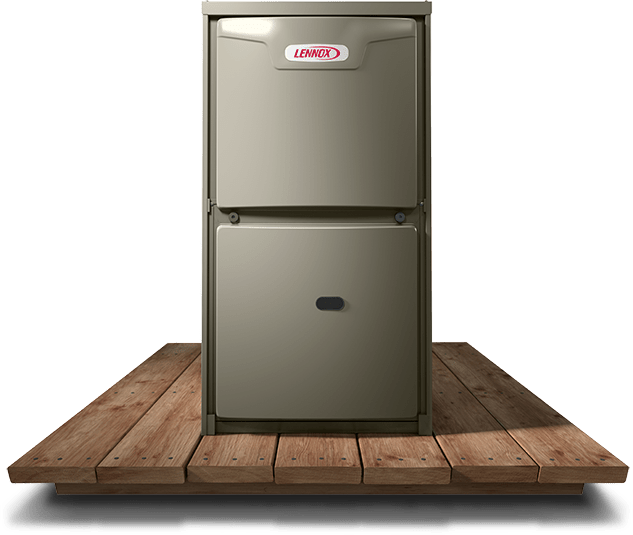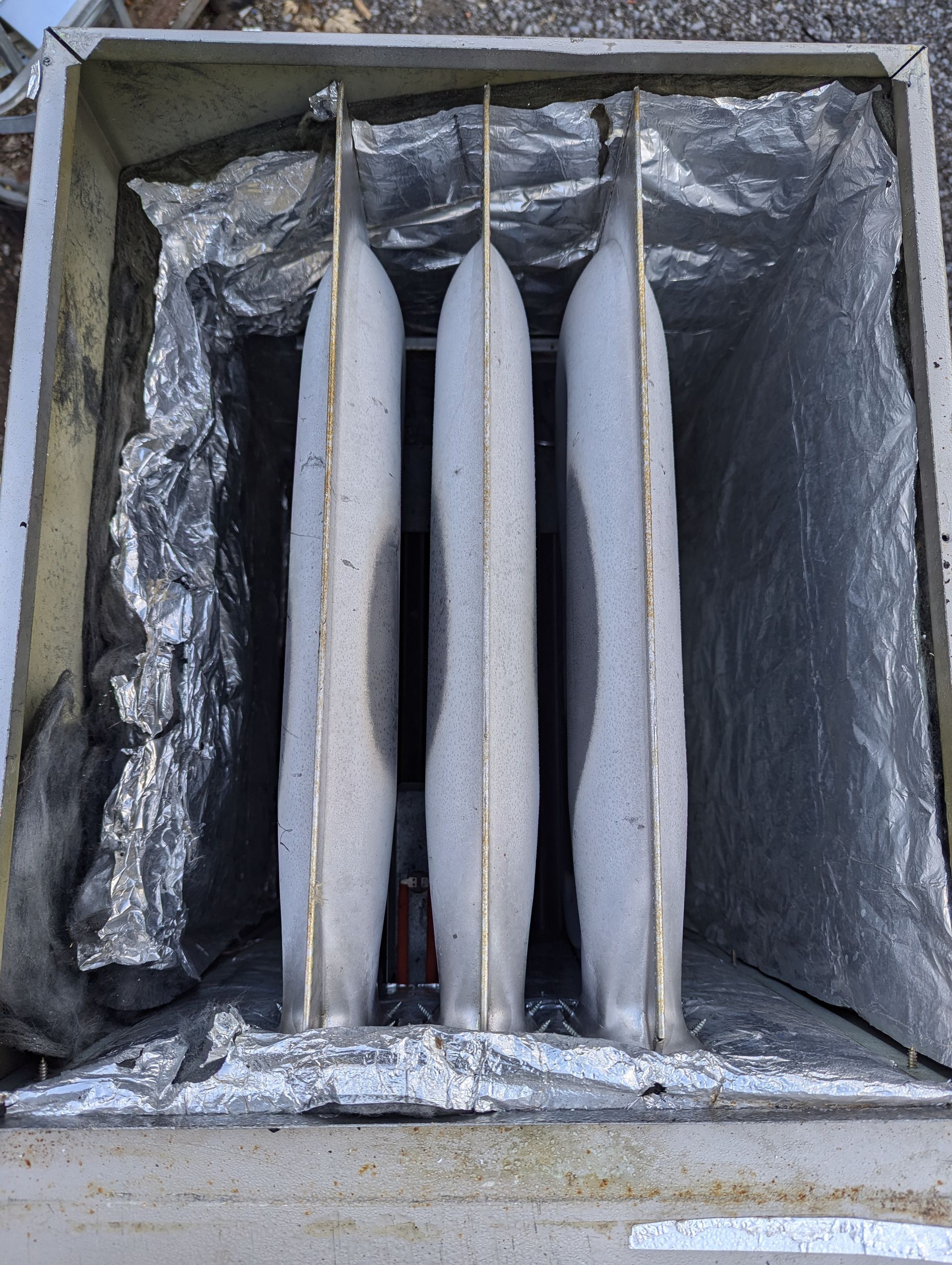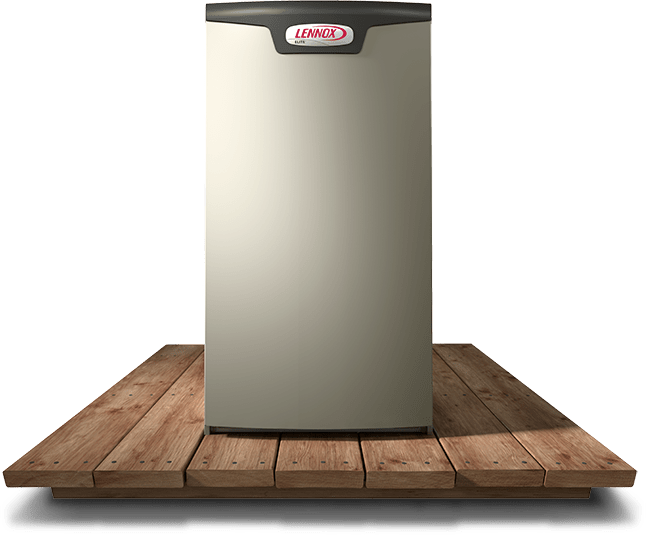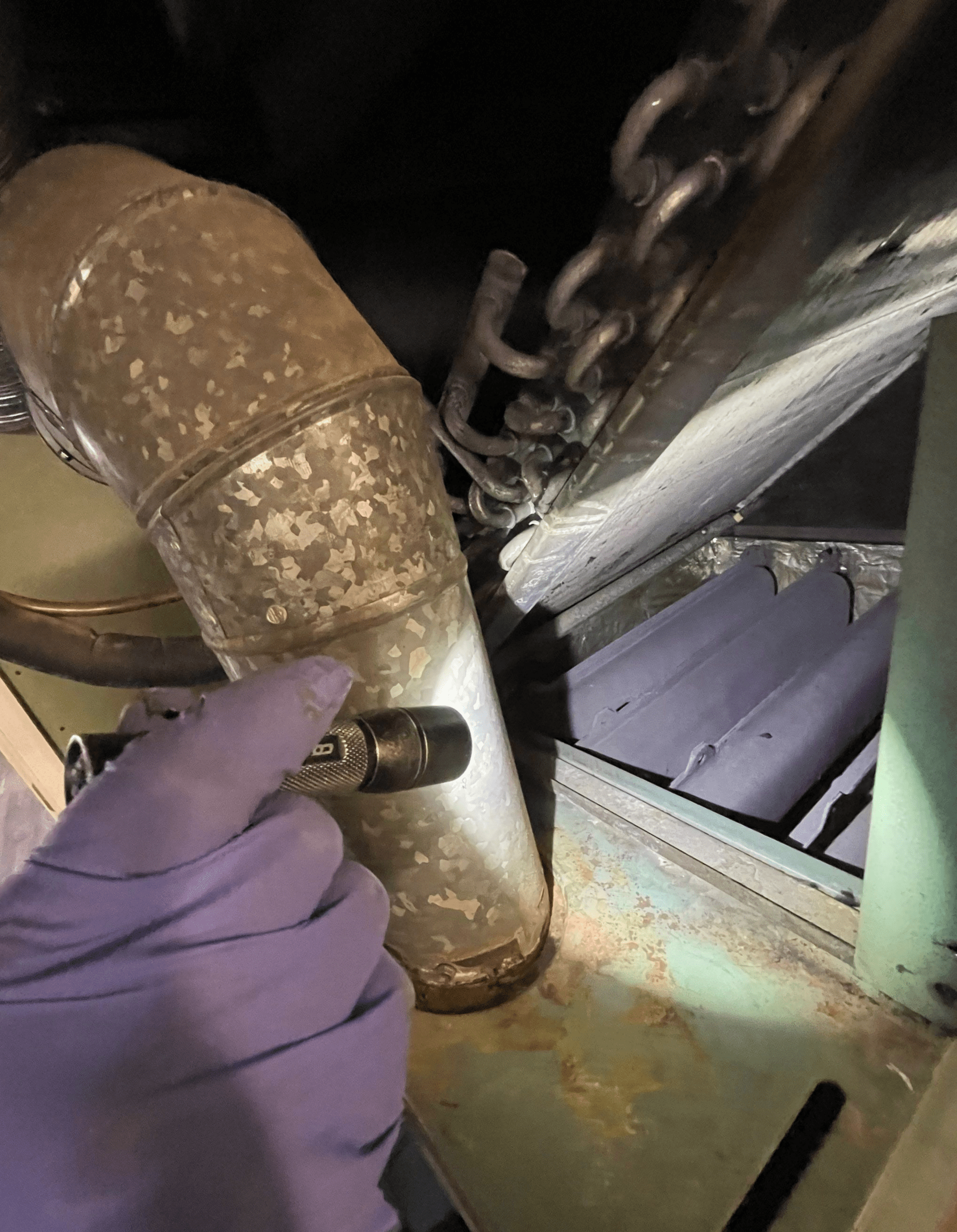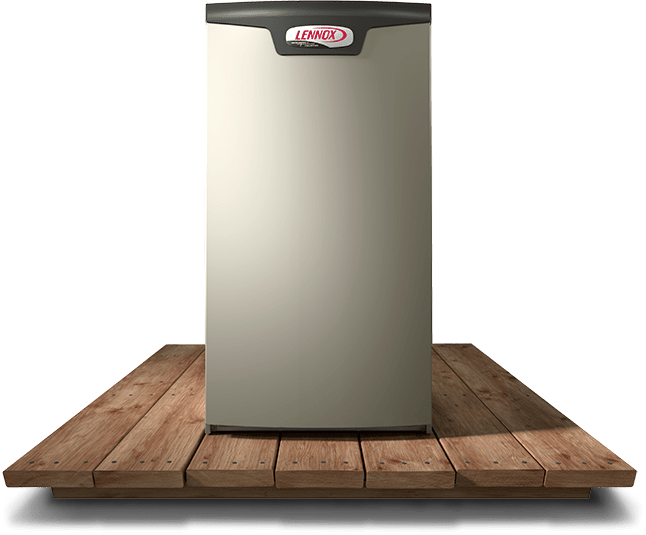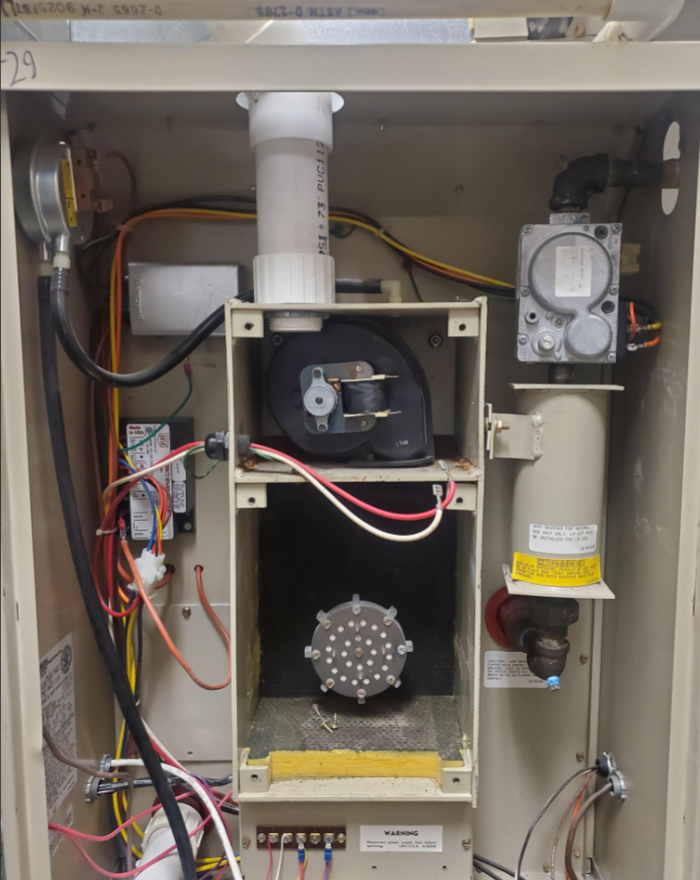Understanding the Differences Between Single-Stage, Two-Stage, and Modulating Furnaces: Which One is Right for You and Your Family?
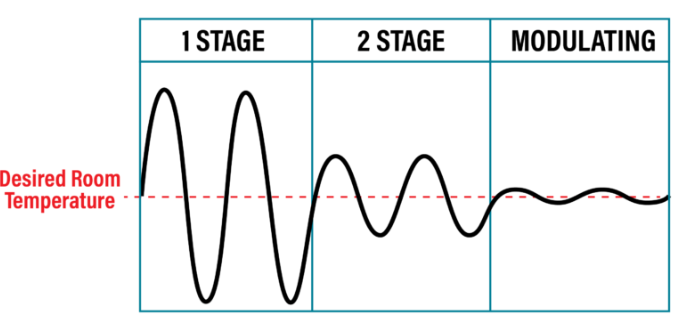
When it comes to choosing a furnace for your home, the options can be overwhelming. You might have heard terms like "single-stage," "two-stage," and "modulating" being thrown around, but what do these actually mean? More importantly, how do they affect the comfort of your home and your energy bills? Let’s break it down in simple terms to help you make the best decision for your needs.
What is a Single Stage Furnace?
A single-stage furnace is the most basic type of furnace. It has just two settings: "on" and "off." When the thermostat tells the furnace to turn on, it will run at full capacity, blowing heat into your home at 100% power until the desired temperature is reached. Once that happens, it turns off completely.
What is a Two-Stage Furnace?
A two-stage furnace adds an extra level of control. Instead of just "on" or "off," it has two settings: low and high. Most of the time, it runs at a lower, more energy-efficient setting. But when it's really cold outside, it can switch to high to give your home a little extra warmth.
What is a Modulating Furnace?
A modulating furnace offers the most precise control over your home’s temperature. It constantly adjusts its output in tiny increments, working to maintain the exact temperature you set. Instead of cycling between on and off or switching between two stages, it modulates its heating level continuously based on the needs of your home.
Which Furnace is Best for You?
The right furnace depends on your priorities. If you’re mainly concerned about upfront costs, a single-stage furnace might be the best fit, especially if you live in a milder climate where heating needs aren’t extreme.
If you’re looking for a balance between energy efficiency, comfort, and cost, a two-stage furnace offers a good middle ground. It provides more comfort than a single-stage furnace without breaking the bank.
For those who want the highest level of comfort and efficiency and don’t mind paying more upfront, a modulating furnace is the top choice. It’s particularly ideal for colder climates where maintaining a consistent indoor temperature is crucial.

Conclusion
Choosing the right furnace can make a big difference in how comfortable your home feels and how much you spend on heating bills. Understanding the differences between single-stage, two-stage, and modulating furnaces helps you make an informed decision that fits your needs, lifestyle, and budget. Whether you’re looking for simplicity, a balance between cost and efficiency, or ultimate comfort, there’s a furnace out there that’s just right for you.
